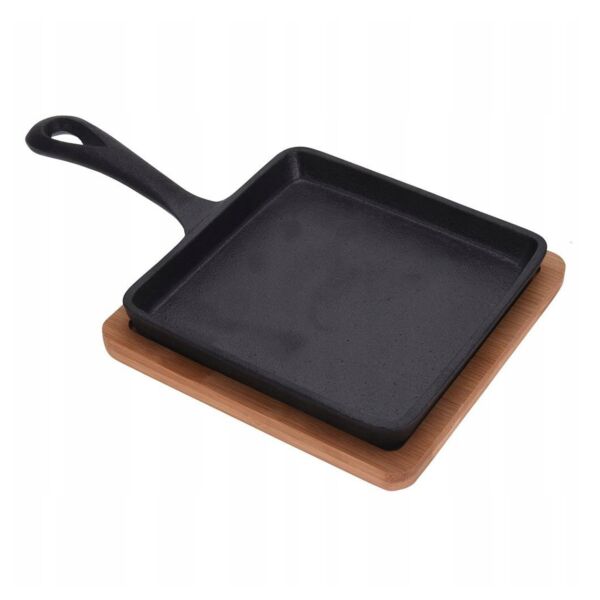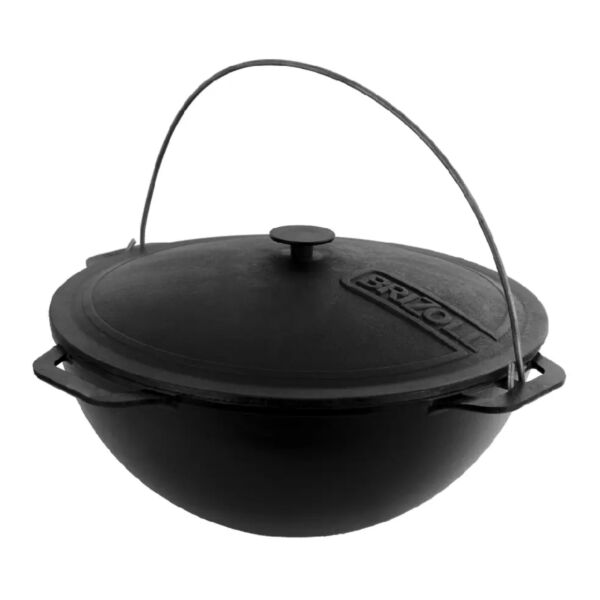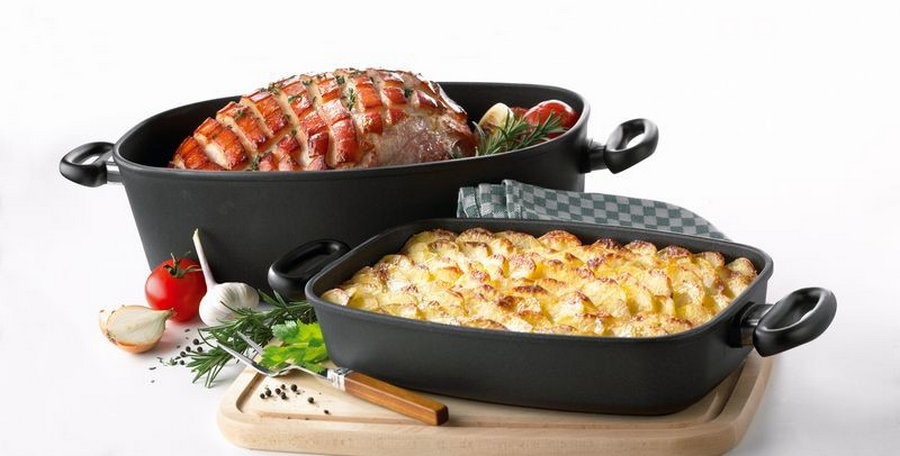Bestsellers
Go to filters
-
 $99.99 $80.00
$99.99 $80.00 -
 $44.99 $36.00
$44.99 $36.00 -
 $59.99 $48.00
$59.99 $48.00 -
 $44.99 $36.00
$44.99 $36.00 -
 $29.99 $24.00
$29.99 $24.00 -
 $29.99 $24.00
$29.99 $24.00 -
 $29.99 $24.00
$29.99 $24.00 -
 $24.99 $20.00
$24.99 $20.00 -
 $129.99 $104.00
$129.99 $104.00 -
 $29.99 $24.00
$29.99 $24.00 -
 $24.99 $20.00
$24.99 $20.00 -
 $24.99 $20.00
$24.99 $20.00 -
 $49.99 $40.00
$49.99 $40.00 -
 $22.99 $18.00
$22.99 $18.00 -
 $79.99 $64.00
$79.99 $64.00 -
 $29.99 $24.00
$29.99 $24.00 -
 $59.99 $48.00
$59.99 $48.00 -
 $29.99 $24.00
$29.99 $24.00 -
 $34.99 $28.00
$34.99 $28.00 -
 $24.99 $20.00
$24.99 $20.00 -
 $109.99
$109.99 -
 $36.99 $30.00
$36.99 $30.00 -
 $32.99 $26.00
$32.99 $26.00 -
 $199.99 $160.00
$199.99 $160.00 -
 $109.99
$109.99 -
 $69.99 $59.00
$69.99 $59.00 -
 $99.99 $80.00
$99.99 $80.00 -
 $39.99 $28.00
$39.99 $28.00 -
 $42.99 $32.00
$42.99 $32.00 -
 $42.99 $27.00
$42.99 $27.00

































